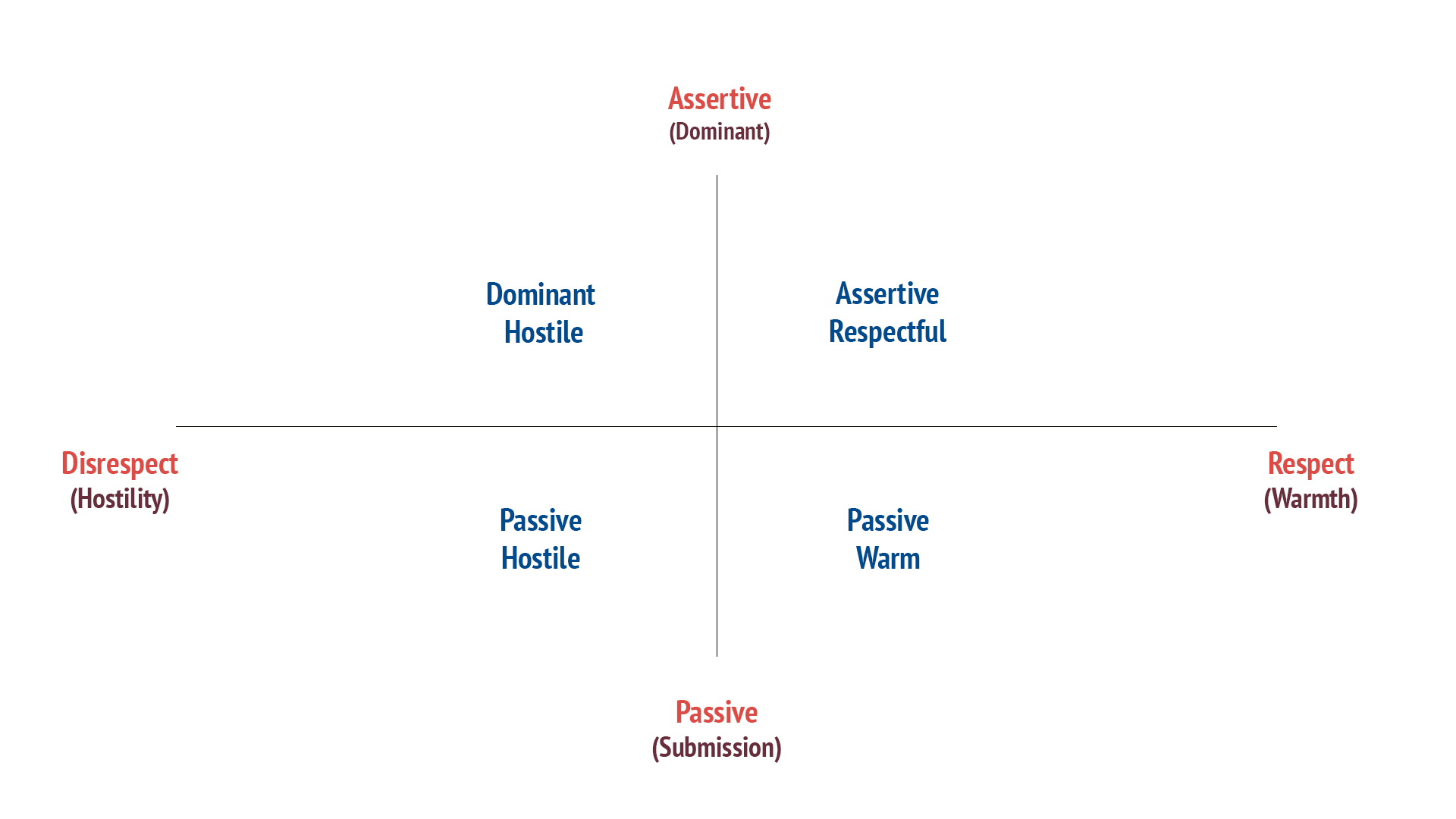Effective communication is the real work of leadership—and a skill you can learn. Learning how to engage Assertive Respectful communication will improve every aspect of your life.
Do you have any processes that aren’t yielding the results you were hoping for? Most of us do, right? S0, what do you do about it?
Is it a people, process, or communication problem?
Often, when you’re getting poor results, you ask yourself if it’s a people or a process problem. But what if it were actually a communication problem?
When looking at your “high value” employees it usually stands out that they have excellent work habits.
They’ve probably mastered things like: being organized, making and keeping appointments, prioritizing tasks. But these highly-productive employees have another thing in common, they are skilled communicators.
They know how to ask for help, aren’t afraid to ask questions, and know who to go to in order to seek assistance. In other words, top-performing employees speak up.
Increase your sales effectiveness with PlanPlus Online.
A productivity system for leaders.

Create a culture of communication safety
As a leader, you need to foster a culture of security — one in which your employees know they can raise concerns without fear of retribution.
So where do you start?
Your communication falls somewhere in the Behavior Matrix
 I like to start by introducing my entire team to the Behavior Matrix. The matrix has 2 axis; Respect versus Disrespect and Assertive versus Passive.
I like to start by introducing my entire team to the Behavior Matrix. The matrix has 2 axis; Respect versus Disrespect and Assertive versus Passive.
In this model, each communication interaction can be placed into one of the 4 quadrants:
Dominant Hostile, Passive Hostile, Passive warm, or Assertive Respectful.
Each of these communication styles can “become” part of your culture if you let it. In fact, I am certain they already do exist. But there is actually only one “style” of communication that you want in your organization, Assertive Respectful communication.
All too often, people either try to “be nice” and don’t want to hurt feelings, or give up trying to make change because they have been either ignored or rejected.
Either way, this creates a ripple effect, increasing opportunities for mistakes and misunderstanding, which in turn, diminishes productivity
With Assertive Respectful communication, issues are addressed directly but done so with respect for the person. This type of communication has to start with you. By actively practicing assertive respectful communication you’ll create an environment where your team feels empowered to speak up.






